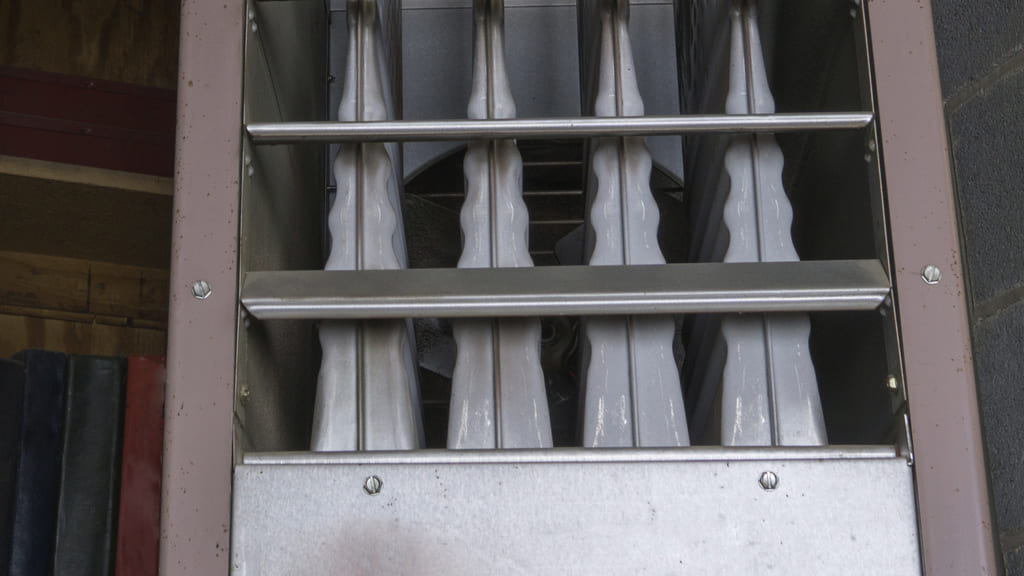PLUMBER & HVAC HIGH-QUALITY MAINTENANCE



SERVICE REQUEST
[everest_form id="561"]

No one doubts that the future of construction lies in energy efficiency. Building must focus first and foremost on ensuring that homes and workplaces can consume the minimum amount of supplies, which is why Nearly Zero Energy Buildings will be compulsory from 2020. However, what do we do with the current housing stock? Or, in the case of wanting to build a new house, how do we implement a plan to create an ecological house? To do this, we offer you some very good advice to turn our home into a sustainable home.
The environment is on the front page right now, so the first reason to build ecological houses is to make our planet healthier and protect the environment.
But, for end users, sustainable homes can save a lot of money on energy costs. And while there is still a perception in many circles that building green is more expensive than following traditional patterns, this is not really the case.
Another big benefit of green building is that we can improve the quality of life for the people who live in these homes. Some of the health benefits are:
How long has this awareness of energy saving existed among home buyers? In the last five years it has become commonplace, industry experts say.

Building an ecological house is very positive for several reasons, but on a personal level the health and also the economy of those who use such a home improves. After all, buildings are the biggest polluters in our cities, even more so than traffic. If we all opt for sustainable housing, cities will be much cleaner environments, and it will also be possible to save on supplies. When thinking about green houses, we must bear in mind that they must meet two requirements:
Normally, all buildings that comply with the sustainability of the area are highly energy efficient. At a regulatory level, the Technical Building Code focuses solely on energy efficiency. However, voluntary energy certificates such as BREEAM and Passive house do take both factors into account, and are the best solution for providing guidelines on how to implement sustainability in homes.
But what can we do to make our homes sustainable?

It is important that we consider what ways we can make our homes sustainable and thus improve the housing stock for greater energy efficiency.


